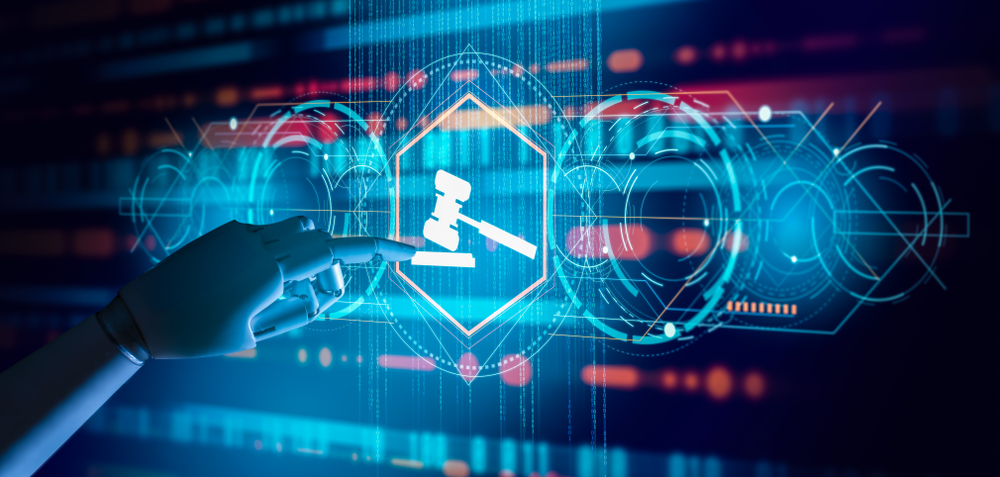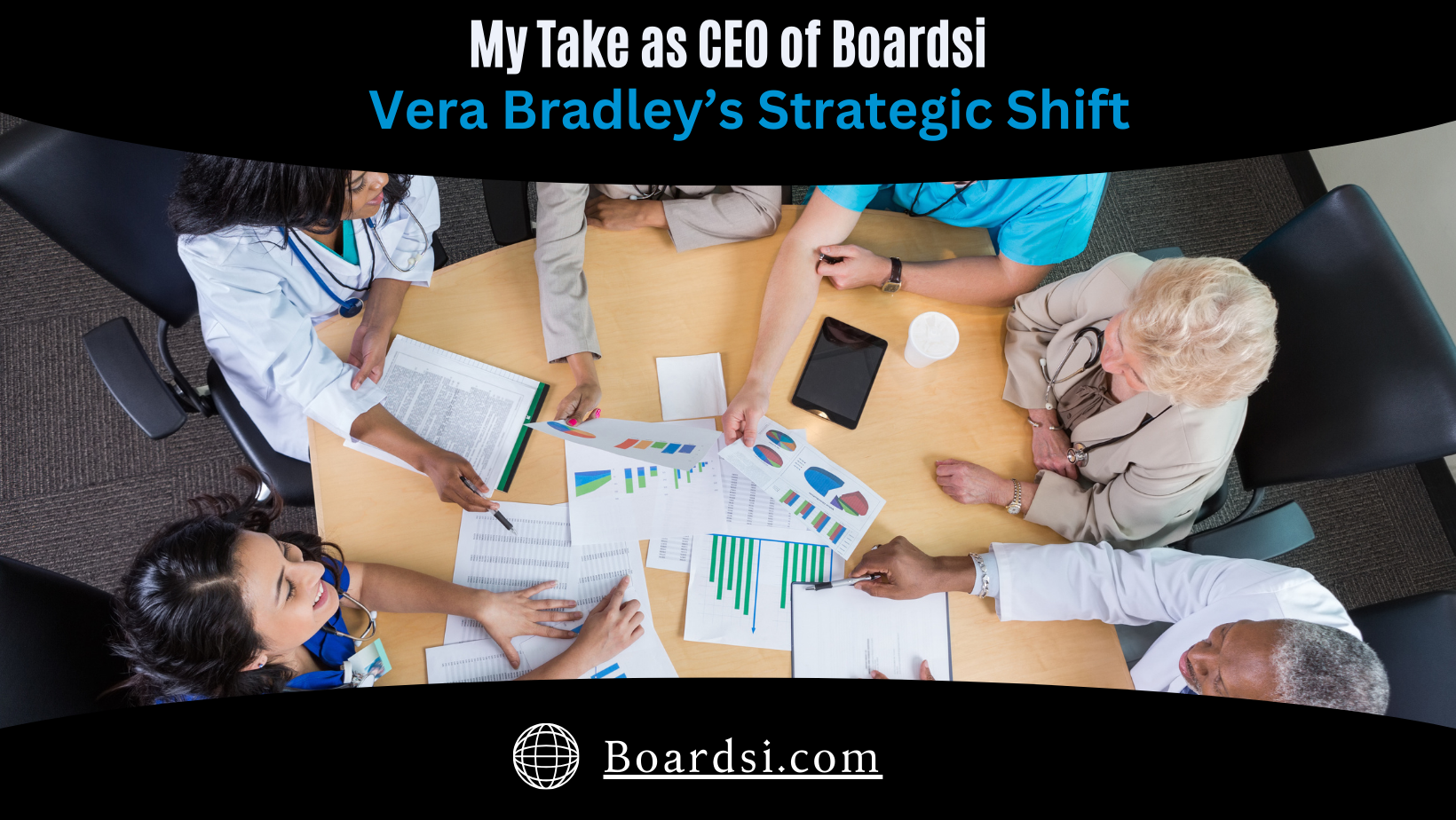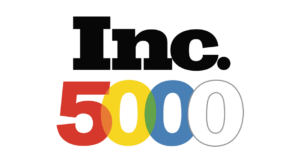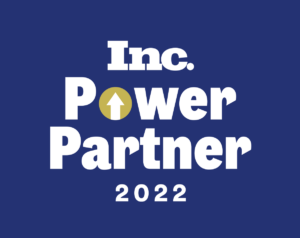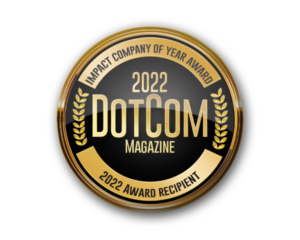When looking to Hollywood for our data on AI — out-of-control robots taking over the world or coming back from the future to alter history — it’s no wonder we might fear it. But I saw an image the other day that illustrates the problem with this thinking perfectly:
A robot tries to pass a slice of bread to a prisoner, pressing it up flat against the prison bars. A human trains the robot to turn the slice sideways so it fits, and it successfully passes the prisoner their bread. Then, when the robot is unable to fit a bowl of water through the bars, they attempt the same solution: turning it sideways. The bowl passes through fine, but the water spills onto the floor.
There is no need to worry about AI making our decisions or taking our jobs. AI can present data, but it needs humans to provide the data. While that may sound like a simple, one-off task that could then spiral out of control, humans are needed not only to train and explain, but also sustain AI operation long-term. These three roles are vital to a healthy relationship between AI and humans. By balancing the speed and accuracy of AI with the human ability to identify right from wrong, you can create a powerful blend that will radically alter the trajectory of your business.
Why humans will always be needed
AI hasn’t replaced humans in business yet, and likely never will. Imagine the responsibility of explaining to an AI how a specific action could harm a human: a process that involves training, explaining and long-term sustaining. Humans train machines to perform certain tasks. A human will also need to explain the expected outcome of each task. Then, companies need sustainers to continuously ensure the proper, safe and responsible function of AI systems over time.
It takes data points for AI to be trained. The more difficult or complex the AI, the more data points you need to train it. But no amount of data points could replace the tasks that must have a human touch — the things that AI can never do. Behaviors and emotions that come most naturally to people — such as making a joke and laughing, or experiencing sadness and crying — are quite tricky for machines. Even if they were able to reproduce them, those expressions could never be authentic. On the other hand, activities that are straightforward for a machine, like analyzing gigabytes of data within seconds, are pretty much impossible for a human — which is why business today requires both capabilities.
Why blended is best
AI’s larger impact will be in complementing and augmenting human capabilities, not replacing them. AI can boost analytics and decision-making capabilities by providing the right information at the right time, and usually a lot faster. You’ll discover data points that need adjustments sooner and be able to make business decisions that might have otherwise taken another six months to a year for you to see with human involvement alone.
The blend of AI and humans will radically alter how work gets done and who does it. Take a relatively simple task like basic graphic design over the past 20 years: It once took an expert to do a small image retouch in Adobe Photoshop. Now, anyone can download an app on their phone, touch up a photo with their finger, and do what used to take weeks for a professional in a matter of minutes. Still, humans keep innovating in graphic design. Rather than replacing humans, AI works safely alongside them to improve operations in places like factories, warehouses or even laboratories. Even surgeons now use robots and AI because they help perform surgery better. With sophisticated sensors, motors and moving parts, AI helps humans do everything better.
Related: Here’s What AI Will Never Be Able to Do
How to create the perfect blend
In order to get the most value from AI and create the perfect blend, operations need to redesign the workflow process to incorporate employee skills that maximize their ability to provide AI support. To begin, look for operational areas that AI can improve. Think outside the box. Involve employees in research and development (R&D) to reimagine your processes and ways to replace them with AI.
Then, start collecting data. AI needs a lot of data points, so the sooner you start collecting, the better. Once you introduce AI and advanced analytic techniques into the process, previously invisible problems that are much more visible to AI solutions start coming to the surface. Be prepared to continuously rework your workflow to optimize both AI and human tasks.
While the movies may make it seem like AI could take over human roles, the machines lose all effectiveness without humans to train, explain and sustain — they will always spill the bowl of water until taught otherwise. Rather than something to fear, AI should be embraced. By automating tasks and collecting data, you can free up manual time and energy that humans can spend in more valuable areas. Without AI, businesses today will quickly fall behind; but without humans, AI can do very little for a business. By creating the perfect blend where AI removes work so human skills are maximized, you end up with a more efficient, productive and profitable company.

